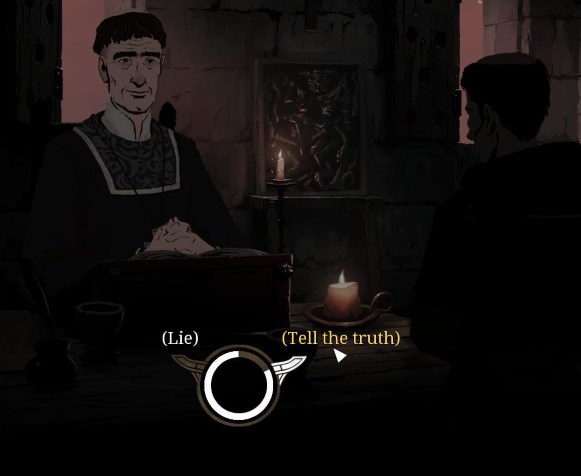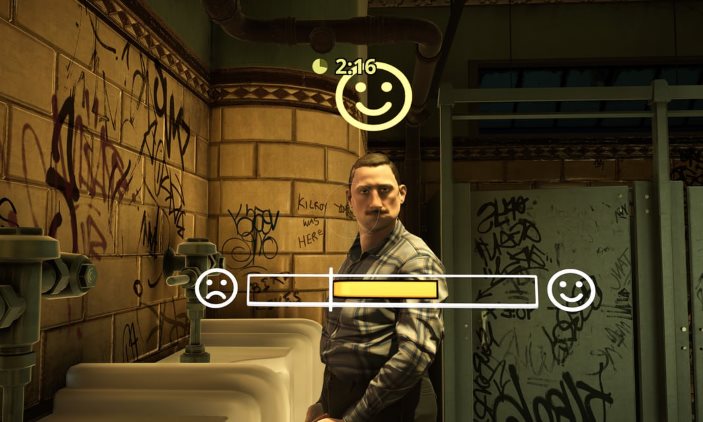So the book Pillars of the Earth (though I only know the story from the TV miniseries) is coming out in video game format. Specifically it’ll be an interactive novel. It looks like there’s some level of game-like playing in there, judging from the pic below.

But seeing as how it’s based on a book with a definite plot and resolution then I assume you can only change the story so much. Perhaps you’ll be railroaded slightly more than in a typical game from Telltale Studios. And seeing as how it’s set in the Middle Ages, it’ll be full of rape, murder, and irrational persecution, so it’ll feel pretty close to Telltale’s Walking Dead series too.
It’s odd that this is coming out, but the art is interesting. I liked the TV show, so I hope the thing is at least decent.

